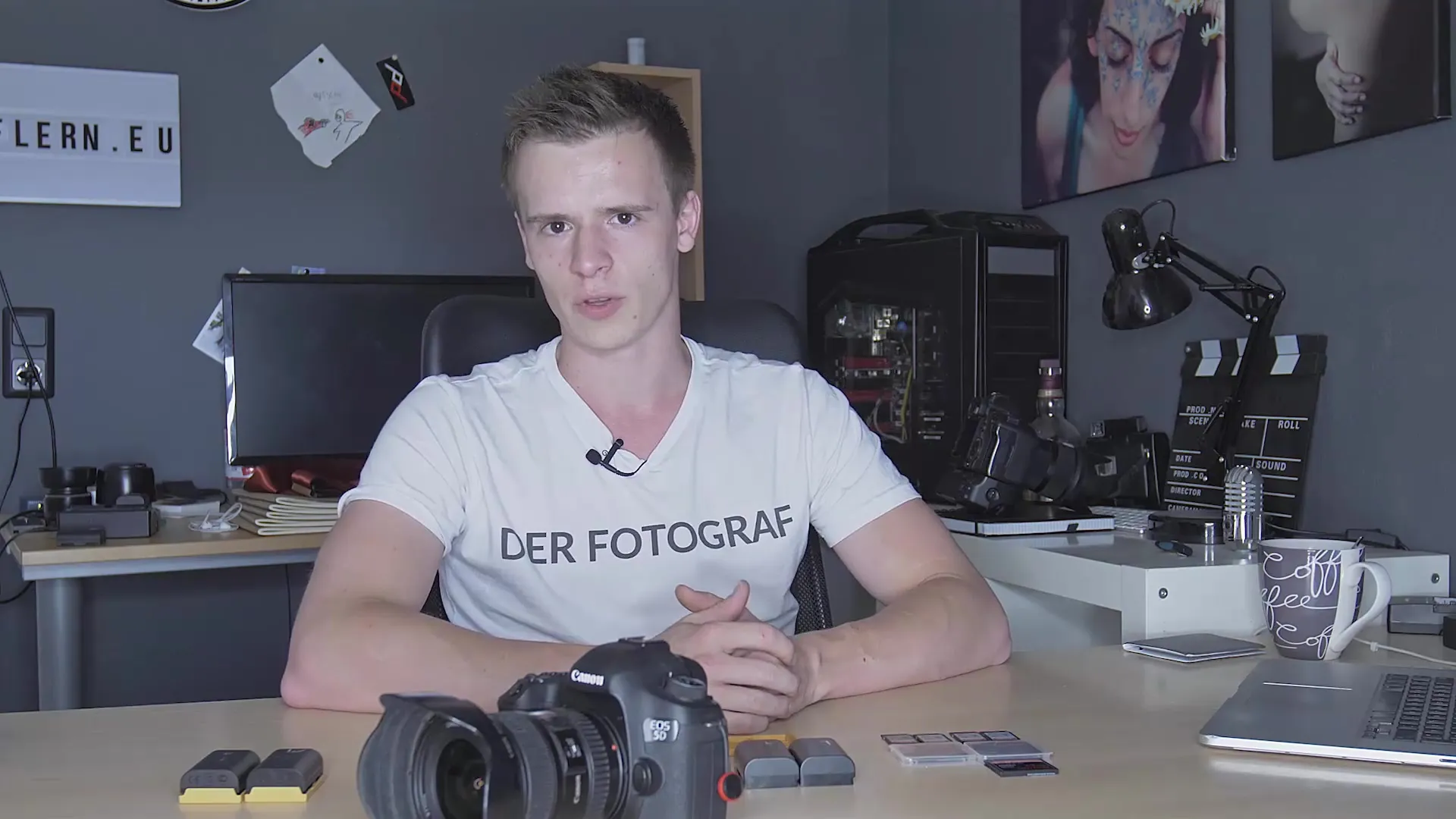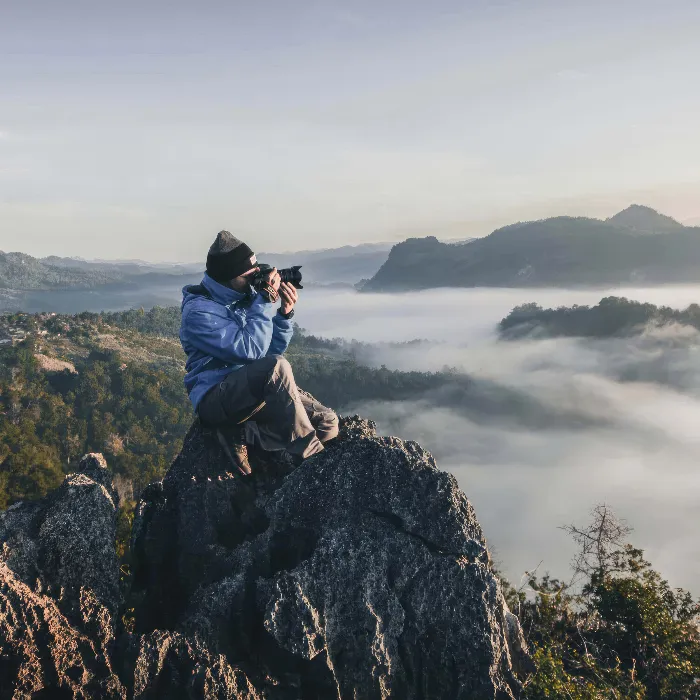The right camera accessories are crucial for every photographer, and especially batteries and memory cards play a central role here. Almost every photographic challenge can be solved with a reliable power supply and functional storage. Therefore, this guide shows you what to look for when buying batteries and memory cards to ensure that you never have any frustrations during your photography adventures.
Key insights
- Cheap batteries may have a short lifespan and sudden performance drops.
- High-quality batteries from manufacturers like Canon may be more expensive, but they offer reliability and longevity.
- SanDisk is a recommended brand for memory cards, and when it comes to capacity, less is often more – it's better to use several smaller cards than one large one.
Step-by-Step Guide
Step 1: Choose the right battery
Start by choosing the right batteries. You should ensure that the batteries come from a trusted source and avoid overly cheap options. It is better to invest a little more to ensure that they work as desired.
Step 2: Identify quality features
Make sure that the batteries do not exhibit sudden performance fluctuations. Experience shows that cheaper batteries often do not maintain the promised performance level. They can suddenly be empty while you think you still have enough power.

Step 3: Using third-party batteries
If you decide to use a third-party battery, look for brands that already have positive reviews. Batteries like those from Ansmann or Weiß can be a good alternative, as long as you know and test their reliability.
Step 4: Ensure the right choice of memory cards
When selecting memory cards, it's important to pay attention to the brand. SanDisk has established itself as one of the best brands in photography. You should ensure that the speed ratings of the cards meet your needs – usually, 40 to 60 MB/s are sufficient for most applications.
Step 5: Evaluate the speed of memory cards
While speed does play a role, many photographers have found that the speed of the card is often limited by the camera itself. This can be crucial for continuous shooting, but for most portraits, a slower card is perfectly adequate.
Step 6: Choose memory card capacity wisely
Consider whether you need a large 256 GB memory card for your workflow. The risk of losing all content if that card fails is high. Therefore, it might be more sensible to use several 32 GB cards to minimize the risk.

Step 7: Reliability over speed
Choose your memory cards so that they are not only fast but also reliable. They should not cause you any worries during important shoots. Do not lose valuable shots due to faulty or inferior storage solutions.
Summary - Learning to photograph: Choosing batteries and memory cards correctly
When photographing, it's essential to invest in high-quality batteries and memory cards. Cheap options can let you down at the critical moment. Protect your memories and your work by paying attention to reputable brands and suitable capacities.
Frequently Asked Questions
How often should I charge my batteries?It is advisable to charge batteries regularly, but avoid leaving them on the charger all the time, as this can impact the lifespan.
Are more expensive batteries really better?Yes, more expensive batteries from reputable brands typically have a better lifespan and fewer sudden performance drops.
How many memory cards should I have?It's recommended to use several smaller cards to minimize the risk of data loss. Two to three 32 GB cards are often sensible.
Are all memory cards compatible with my camera?Check your camera's specifications before purchasing. Most cameras support standard formats like SD or CF, but the speed class may vary.


